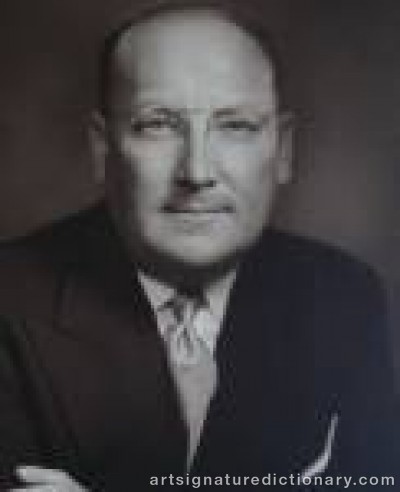
Kenneth Miller ADAMS
1897–1966, USA
Biography
Discover the life and artistic journey of Kenneth Miller ADAMS (born 1897, USA, died 1966, USA), including key biographical details that provide essential context for signature authentication and artwork verification. Understanding an artist's background, artistic periods, and career timeline is crucial for distinguishing authentic signatures from forgeries.
He studied at the Art Institute of Chicago and the Art Students League. He served in the U.S. Army in World War I. In 1924, he moved to Taos, New Mexico. He was a member of the Taos Society of Artists. In 1933, he worked for the Treasury Relief Art Project and the Public Works of Art Project, federal arts programs of the United States Department of the Treasury. In 1937 he was commissioned by the Section of Painting and Sculpture to create murals for the U.S. post offices in Goodland, Kansas, and Deming, New Mexico.
In 1938, he moved to Albuquerque when he was awarded a Carnegie Corporation grant as the first artist-in-residence at the University of New Mexico. He later taught at the University of New Mexico until he retired in 1963. In 1961, he was elected to the National Academy of Design. He was commissioned by Zimmerman, president of the University to create a mural called The Three Peoples for the library, though it has been criticized as being racist.
His work is in the Smithsonian American Art Museum, New Mexico Museum of Art, Colorado Springs Fine Art Center, Anschutz collection, the Fred Jones Museum of Art, University of Oklahoma. His papers are held at the Archives of American Art.
Explore other artists
Discover other notable artists who were contemporaries of Kenneth Miller ADAMS. These artists worked during the same period, offering valuable insights into artistic movements, signature styles, and authentication practices. Exploring related artists makes it easier to recognize common characteristics and artistic conventions of their era.